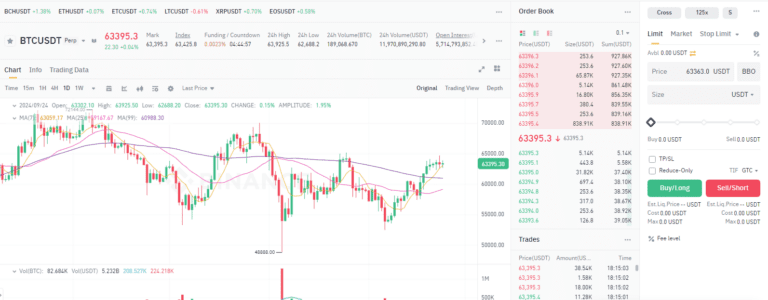Bitcoin, the first decentralized cryptocurrency, has a fascinating history marked by innovation, controversy, and rapid growth. Here’s an overview of its journey from inception to its current status as a prominent financial asset.
1. The Conceptual Foundation (Pre-2008)
- Cryptographic Advances: The roots of Bitcoin can be traced back to concepts introduced by cryptographers in the 1980s and 1990s. Notably, ideas around digital cash, hash functions, and peer-to-peer networks set the stage for cryptocurrency.
- B-money and Bit Gold: In 1998, computer scientist Wei Dai proposed “b-money,” a conceptual framework for a decentralized digital currency. Similarly, Nick Szabo introduced “Bit Gold,” which included mechanisms for proof of work.
2. The Birth of Bitcoin (2008-2009)
- Satoshi Nakamoto’s Whitepaper: On October 31, 2008, an individual or group under the pseudonym Satoshi Nakamoto published a whitepaper titled “Bitcoin: A Peer-to-Peer Electronic Cash System.” This paper outlined the principles of Bitcoin and the underlying blockchain technology.
- Genesis Block: On January 3, 2009, Nakamoto mined the first block of the Bitcoin blockchain, known as the “Genesis Block” or Block 0, which contained a hidden message referencing a headline from The Times newspaper: “Chancellor on brink of second bailout for banks.”
3. Early Development and Adoption (2009-2011)
- Initial Transactions: In May 2010, Bitcoin’s first known commercial transaction occurred when programmer Laszlo Hanyecz paid 10,000 BTC for two pizzas. This event is celebrated annually as “Bitcoin Pizza Day.”
- Growing Interest: Bitcoin gained traction among tech enthusiasts and early adopters, leading to the establishment of the first exchanges, such as Mt. Gox in 2010, where users could buy and sell Bitcoin for fiat currency.
- Value Fluctuations: By 2011, Bitcoin reached parity with the U.S. dollar and began to attract more media attention and speculative interest.
4. Challenges and Controversies (2011-2013)
- Silk Road and Legal Issues: The emergence of the Silk Road, an online marketplace that facilitated illegal transactions using Bitcoin, raised regulatory concerns and led to increased scrutiny from authorities.
- Security Breaches: Mt. Gox experienced a major hack in 2014, resulting in the loss of hundreds of thousands of bitcoins. This incident highlighted the need for better security measures in the cryptocurrency space.
5. Mainstream Recognition and Growth (2013-2017)
- Bitcoin Price Surge: In late 2013, Bitcoin’s price surged to over $1,000 for the first time, driven by growing media coverage, investment interest, and the proliferation of altcoins.
- Regulatory Developments: Governments began formulating regulations for cryptocurrencies, with countries like Japan recognizing Bitcoin as a legal form of payment in 2017.
- Initial Coin Offerings (ICOs): The rise of ICOs in 2017 drew attention to the broader cryptocurrency market, leading to increased investment and speculation.
6. Institutional Interest and Market Maturation (2018-2020)
- Market Correction: After reaching an all-time high near $20,000 in December 2017, Bitcoin’s price plummeted throughout 2018, leading to a prolonged bear market.
- Institutional Investment: By 2020, institutional investors began entering the market, with companies like MicroStrategy and Tesla investing in Bitcoin, signaling growing acceptance among mainstream finance.
7. UGwp*$%i)k8sV#be4wX*x4lX(2020-Present)
- All-Time Highs: In 2021, Bitcoin reached new all-time highs, surpassing $60,000, fueled by increased adoption, corporate investments, and interest from retail investors.
- Regulatory Scrutiny: Governments worldwide have continued to scrutinize cryptocurrencies, implementing regulations to address issues like taxation, security, and fraud.
- Bitcoin as Digital Gold: Bitcoin is increasingly viewed as “digital gold,” with many investors using it as a hedge against inflation and economic uncertainty.
Conclusion
Bitcoin’s history reflects a remarkable evolution from a niche digital currency to a significant player in the global financial landscape. Its impact continues to shape the future of finance, technology, and economics, inspiring a new generation of cryptocurrencies and blockchain innovations. As Bitcoin matures, its story remains a testament to the power of decentralized technology and the changing dynamics of money.





